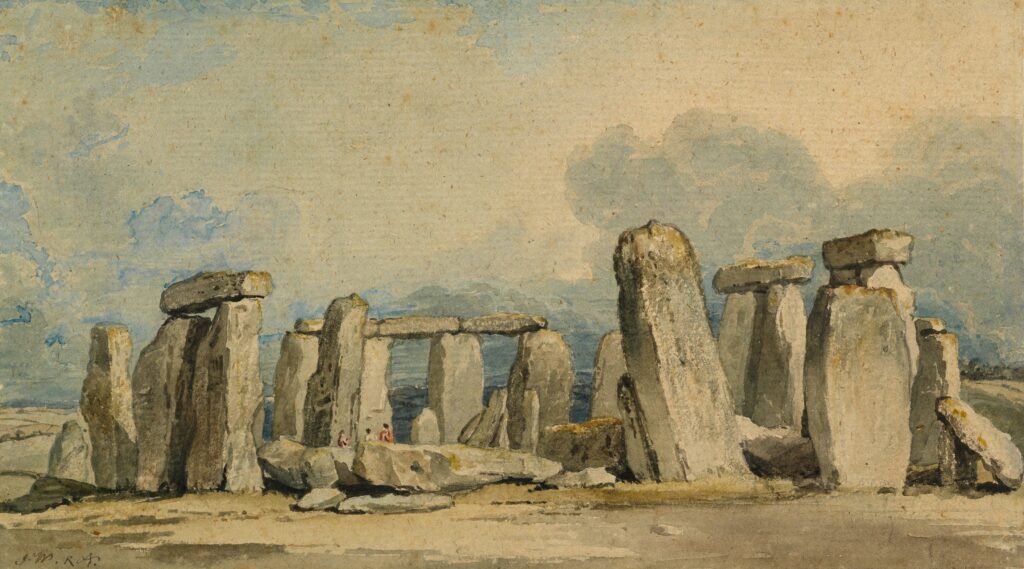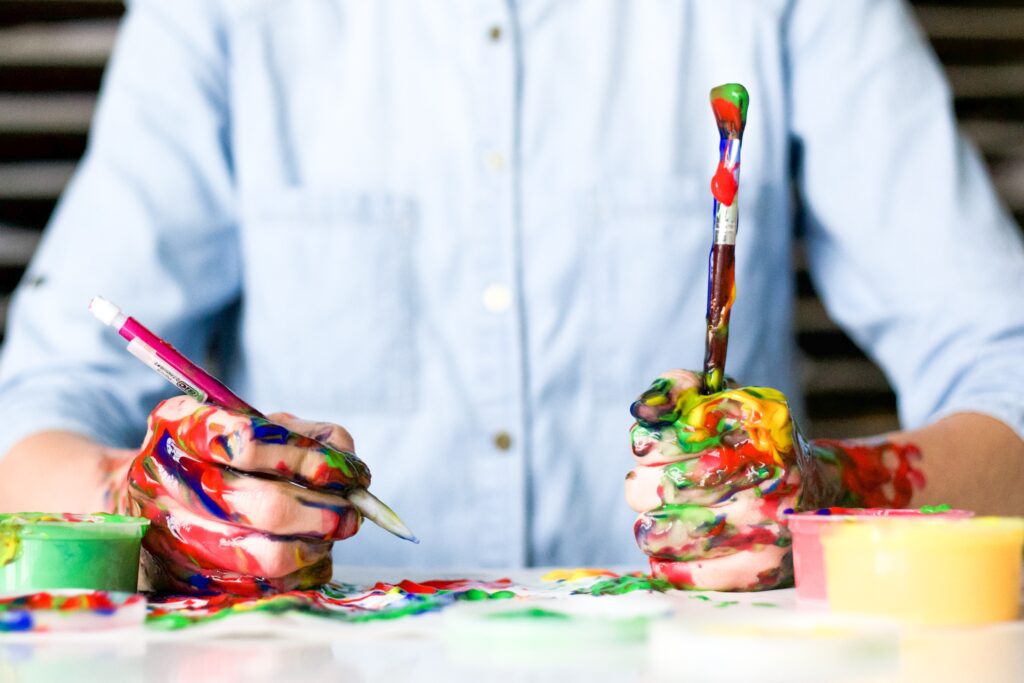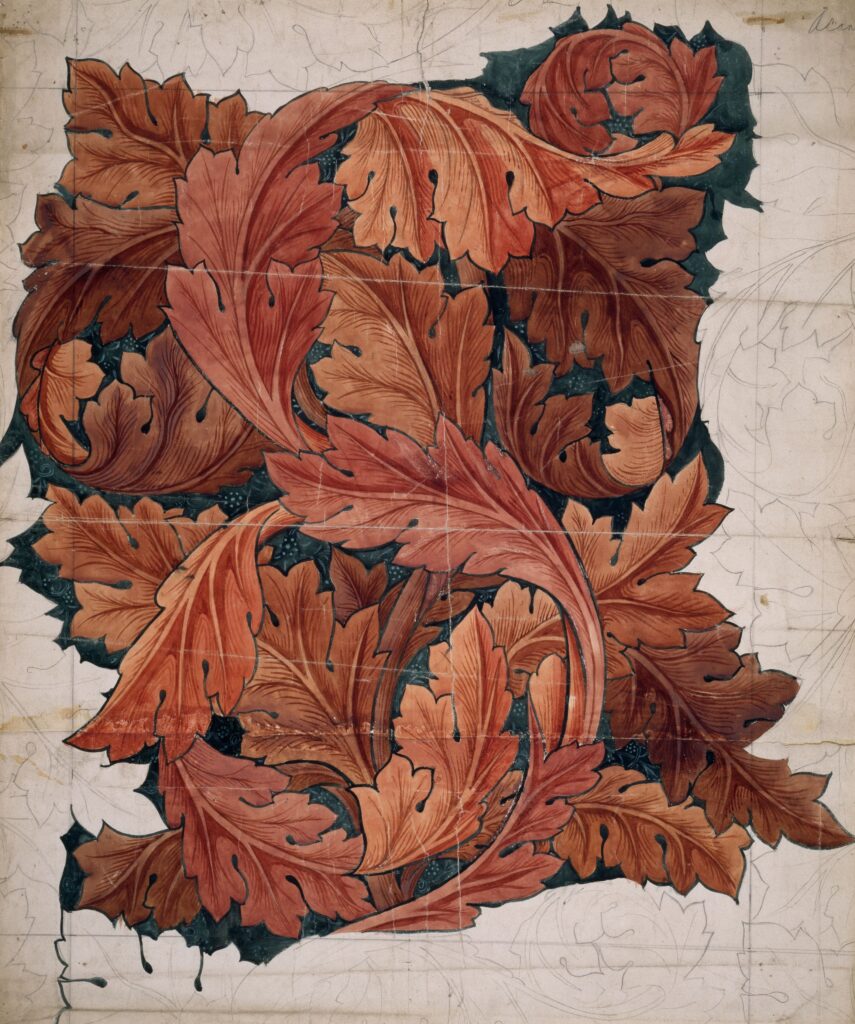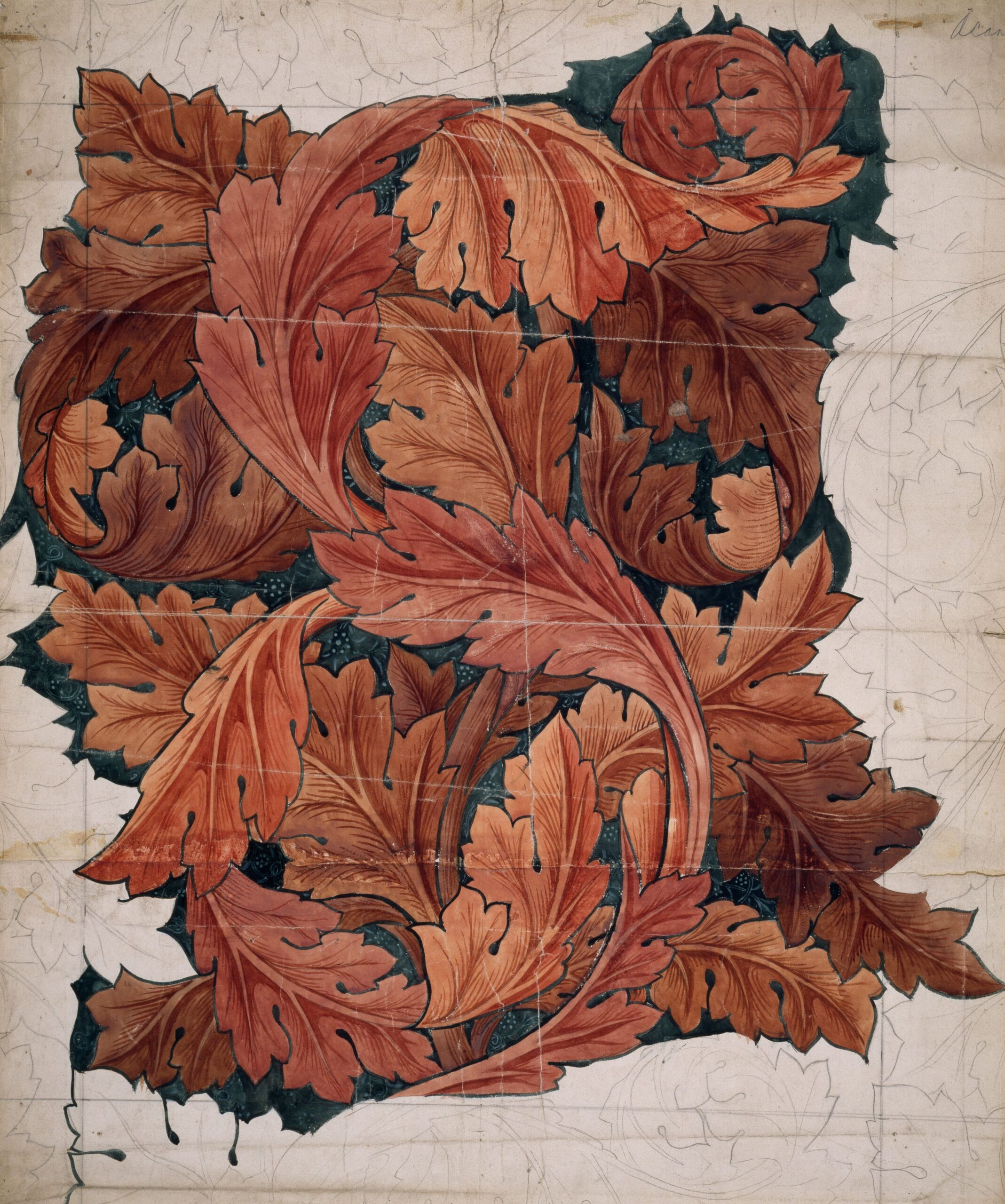The Turner Prize has arrived in the seaside town of Eastbourne, England, with the hopes of transforming its reputation and attracting new attention to the town. Often referred to as “God’s waiting room” due to its aging population, Eastbourne has seen a recent awakening with the arrival of young families and new public art. Locals see the prestigious art prize as an opportunity to place the town on a national and global cultural stage. However, as experienced in other seaside towns, the infusion of big-city culture often brings concerns of gentrification and unequal benefits. The Turner Prize exhibition, held at the Towner Eastbourne art museum, features the work of four nominees and runs through April 14, 2024. The winner will be announced in a ceremony on December 5.

Heading 1 – The Turner Prize in Eastbourne
The significance of the Turner Prize
The Turner Prize is widely recognized as one of Britain’s most important contemporary art awards. It celebrates the best of contemporary art in the country and often generates controversy and public interest. The prize goes beyond the art-world bubble and attracts attention from a wider audience, making it a significant event in the art calendar. By hosting the Turner Prize, Eastbourne has the opportunity to showcase its cultural scene and place itself on a national and even global cultural stage.
Eastbourne as the host
Eastbourne, a seaside town on England’s southeast coast, has been known for its aging population and the reputation of being “God’s waiting room.” However, in recent years, there has been an awakening in Eastbourne, with young families moving in and new public art appearing in the streets. The arrival of the Turner Prize in Eastbourne is seen as an opportunity to change the town’s image and attract new visitors and residents. The town hall, in partnership with the Towner Eastbourne art museum and the regional government, has organized an extended cultural program called Eastbourne Alive to run concurrently with the Turner Prize exhibition.
Goals of the Turner Prize in Eastbourne
The main goal of hosting the Turner Prize in Eastbourne is to project a contemporary image of the town and attract new visitors and residents. By showcasing the best of contemporary art, Eastbourne aims to position itself as a cultural destination and challenge the perception of being a retirement town. Additionally, the Turner Prize exhibition provides an opportunity for collaboration between local cultural organizations and the broader community, allowing for increased community involvement in the arts and cultural regeneration efforts.
Heading 2 – Transforming Eastbourne Through Art
Art as a catalyst for change
Art has the power to act as a catalyst for change and transformation in towns and cities. By incorporating public art and cultural initiatives, Eastbourne can revitalize its image and attract new businesses and investments. Art has the ability to engage the community, foster creativity, and create a sense of place. Through the Turner Prize exhibition and other cultural programs, Eastbourne can leverage the power of art to drive social and economic change.
Past successes in other seaside towns
Other seaside towns in England have successfully used the arts to transform their fortunes. Folkestone, Margate, and Hastings are three examples of towns that have seen significant transformations through the establishment of art venues and events. These towns have attracted new residents, stimulated economic growth, and improved their overall image through cultural regeneration efforts. Eastbourne can look to these success stories for inspiration and guidance in utilizing the arts to drive its own transformation.
Impact of cultural regeneration
Cultural regeneration has the potential to bring numerous benefits to a town like Eastbourne. By investing in the arts and cultural initiatives, the town can attract visitors and tourists, boost the local economy, and create new job opportunities. Cultural regeneration can also improve community well-being, foster a sense of pride and identity, and enhance social cohesion. The Turner Prize exhibition in Eastbourne serves as a platform for cultural regeneration and provides an opportunity for the town to showcase its artistic and creative potential.

Heading 2 – The Turner Prize Exhibition
Nominees for this year’s prize
The Turner Prize exhibition in Eastbourne features the work of four nominated artists: Jesse Darling, Ghislaine Leung, Rory Pilgrim, and Barbara Walker. These artists were chosen by a panel of judges and represent the best of contemporary art in Britain. Each artist brings a unique perspective and artistic style to the exhibition, showcasing the diversity and innovation of contemporary art.
Exhibition duration and location
The Turner Prize exhibition is held at the Towner Eastbourne art museum and runs from the opening day in December until April the following year. The duration of the exhibition allows for extended access and gives visitors ample time to engage with the artwork. The Towner Eastbourne art museum provides a dedicated space for the exhibition, creating a cohesive and immersive environment for visitors to experience the artwork.
Expectations for the winner
The winner of the Turner Prize will be announced in a ceremony in Eastbourne on December 5th. The expectations for the winner are high, as the Turner Prize is known for celebrating groundbreaking and innovative art. The winning artist will receive recognition and acclaim for their work, and their career is likely to be significantly elevated by winning the prize. The Turner Prize exhibition provides a platform for artists to showcase their talent and contribute to the cultural landscape of Eastbourne.
Heading 2 – Eastbourne’s Cultural Renaissance
Historical perception of Eastbourne
Eastbourne has long been associated with an aging population and the nickname “God’s waiting room.” This perception has hindered the town’s reputation and potential for growth. However, recent years have seen a shift in this perception, with the emergence of a cultural renaissance in Eastbourne. The town has seen an influx of young families, the establishment of new businesses catering to their tastes, and the appearance of public art throughout the streets.
Local efforts to change the image
Local organizations and community initiatives have played a significant role in changing the image of Eastbourne. Groups like the Devonshire Collective and the town hall have been actively involved in cultural regeneration activities, engaging with the local community and creating art projects that celebrate the people who live in Eastbourne. These efforts aim to make art and culture a part of daily life in the town and ensure that the transformation is inclusive and beneficial for all.
Collaboration with Turner Prize
The Turner Prize exhibition offers a unique opportunity for collaboration between local cultural organizations and the Turner Prize organizers. By hosting the exhibition, Eastbourne can showcase its artistic and creative potential, attract new visitors and residents, and contribute to the cultural landscape of the town. The partnership between the town hall, Towner Eastbourne, and the regional government in organizing Eastbourne Alive demonstrates the commitment to collaboration and community involvement in the arts.

Heading 2 – Challenges and Concerns
Gentrification and rising house prices
One of the challenges associated with cultural regeneration is the potential for gentrification and rising house prices. As new residents flock to towns like Eastbourne for their cultural offerings and relatively affordable housing, it can lead to increased demand and subsequently higher property prices. This can result in long-term residents being priced out of the housing market and a widening wealth gap in the community.
Impact on local communities
Cultural regeneration initiatives must take into account the impact on local communities. While new developments and artistic projects may attract tourists and visitors, it is essential to ensure that the local community benefits from these initiatives as well. Community engagement and involvement in decision-making processes can help mitigate potential negative impacts and ensure that cultural regeneration is inclusive and beneficial for all.
Balancing local involvement with external interest
Finding a balance between local involvement and external interest is crucial for the success of cultural regeneration. While it is important to attract new visitors and investment, it is equally important to preserve the local identity and ensure that the needs and interests of the local community are taken into consideration. Collaborative efforts between local organizations and outside partners can help strike this balance and ensure that cultural regeneration is a collaborative and inclusive process.
Heading 2 – Art as a Daily Experience in Eastbourne
Integration of art in everyday life
Eastbourne aims to make art a part of daily life for its residents and visitors. This integration of art in everyday life can be achieved through public art installations, street performances, and cultural events. By creating opportunities for artistic engagement on a daily basis, Eastbourne can cultivate a vibrant and creative atmosphere that fosters community well-being and cultural appreciation.
Community involvement in public art projects
Involving the community in public art projects is an essential aspect of creating a sense of ownership and pride in the artwork. By consulting with local residents and organizations, Eastbourne can ensure that public art projects are relevant to the community and reflect their values and aspirations. Community involvement can also lead to a deeper connection between residents and their surroundings, fostering a sense of place and belonging.
Examples of local art initiatives
Eastbourne has seen the emergence of various local art initiatives that aim to engage the community and make art accessible to all. The Devonshire Collective, for example, hosts free art workshops for young people and commissions artwork that celebrates the people of Eastbourne. Other initiatives include street murals, art festivals, and art exhibitions in community spaces. These initiatives contribute to the cultural vibrancy of Eastbourne and enhance the daily experience of residents and visitors.
Heading 2 – The Role of Turner Prize in Eastbourne’s Transformation
The importance of hosting the Turner Prize
Hosting the Turner Prize holds significant importance for Eastbourne’s transformation. It provides a platform for the town to showcase its artistic and creative potential, attract new visitors and residents, and challenge the perception of being a retirement town. The Turner Prize exhibition serves as a catalyst for cultural regeneration and demonstrates Eastbourne’s commitment to the arts and cultural development.
Long-term benefits for Eastbourne
The long-term benefits of hosting the Turner Prize extend beyond the immediate exhibition. By engaging with the arts and cultural initiatives, Eastbourne can drive economic growth, stimulate tourism, and create new opportunities for local businesses. The exposure and recognition brought by the Turner Prize can attract further artistic and cultural investments, contributing to the long-term vitality and sustainability of the town.
Legacy of the exhibition
The legacy of the Turner Prize exhibition in Eastbourne goes beyond the exhibition duration. It leaves a lasting impact on the town’s cultural landscape and contributes to its reputation as a cultural destination. The collaboration between local organizations and the Turner Prize organizers can pave the way for future partnerships and cultural initiatives, ensuring that the transformation initiated by the exhibition continues to thrive and evolve.
Heading 2 – Impact on Tourism and Economy
Attracting new visitors to Eastbourne
Hosting the Turner Prize has the potential to attract new visitors to Eastbourne. The reputation and significance of the prize draw attention from art enthusiasts and tourists who may not have visited the town otherwise. The increased footfall and visitor spending can have a positive impact on the local economy and support local businesses, from hotels and restaurants to retail and entertainment establishments.
Boosting the local economy
The Turner Prize exhibition and the associated cultural programs can provide a much-needed boost to the local economy. Increased tourism and visitor spending can generate revenue and create employment opportunities. The revitalization of Eastbourne’s cultural scene can also attract investment and stimulate business growth in the creative sector. By leveraging the arts as an economic driver, Eastbourne can diversify its economy and reduce reliance on traditional industries.
Balancing tourism with community needs
While attracting tourists and boosting the local economy are important goals, it is essential to strike a balance with the needs and interests of the local community. Over-tourism can strain local resources and infrastructure, disrupt the daily lives of residents, and lead to the erosion of the local identity. Sustainable tourism practices, community engagement, and responsible development are crucial to ensure that tourism benefits both visitors and the local community.
Heading 2 – Lessons from Other Seaside Towns
Case studies of successful transformations
Other seaside towns in England, such as Folkestone, Margate, and Hastings, have undergone successful transformations through the arts. These towns have capitalized on their cultural potential and leveraged the power of the arts to revitalize their economies. Eastbourne can learn from their experiences and strategies in attracting artists and cultural organizations, engaging the local community, and promoting sustainable cultural development.
Managing the effects of cultural regeneration
Cultural regeneration can have both positive and negative effects on a town. It is essential to manage these effects and mitigate any potential negative consequences. This includes addressing issues such as gentrification, rising property prices, and the potential displacement of local communities. By implementing appropriate policies and strategies, Eastbourne can ensure that the benefits of cultural regeneration are shared equitably and that the town’s social fabric remains intact.
Sustainable development strategies
Sustainable development is crucial for the long-term success of cultural regeneration efforts. Eastbourne can adopt sustainable development strategies to ensure the preservation of its natural and cultural assets, minimize environmental impact, and foster social inclusivity. This includes promoting responsible tourism, supporting local artists and businesses, and prioritizing community engagement and participation. By embracing sustainable practices, Eastbourne can create a resilient and vibrant cultural landscape for the future.
Heading 2 – Future of Art in Eastbourne
Continued investment in the arts
The success of the Turner Prize exhibition in Eastbourne highlights the importance of continued investment in the arts. Eastbourne can prioritize funding and support for local art organizations, community projects, and educational initiatives to nurture artistic talent and creativity. By providing ongoing resources and opportunities, the town can ensure the sustainability and growth of its artistic community.
Engaging the local community
The engagement of the local community is crucial for the future of art in Eastbourne. The town can actively involve residents in decision-making processes, seek their input and feedback, and create opportunities for participation and collaboration. By fostering a sense of ownership and pride in the arts, Eastbourne can build a strong and supportive community that values and celebrates its cultural heritage.
Eastbourne as a cultural destination
By leveraging its artistic and creative potential, Eastbourne has the opportunity to position itself as a cultural destination. The town can promote its cultural offerings, collaborate with artists and cultural organizations, and create a vibrant and inclusive arts scene. By embracing its unique identity and nurturing its artistic community, Eastbourne can attract visitors, inspire creativity, and establish itself as a town known for its cultural vibrancy.

